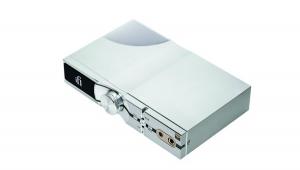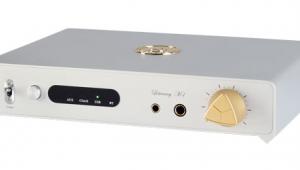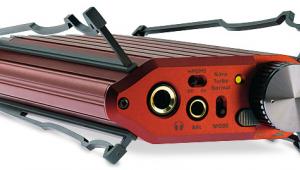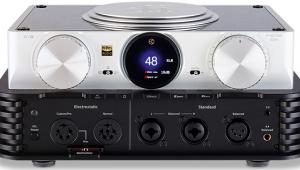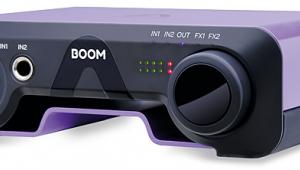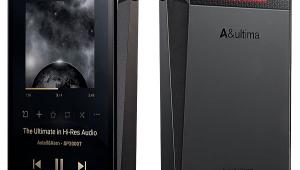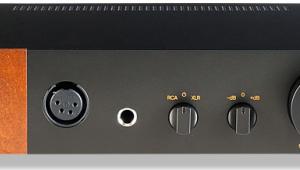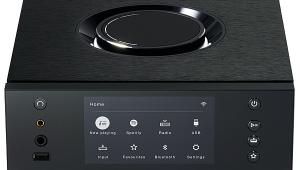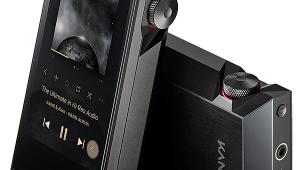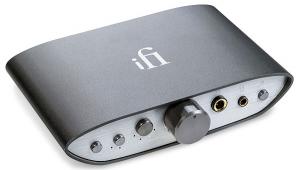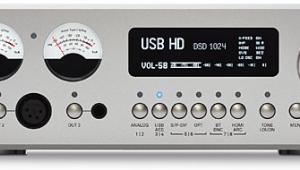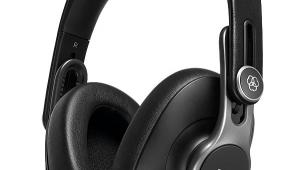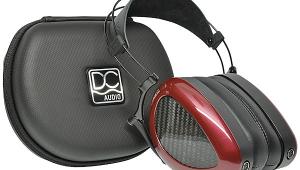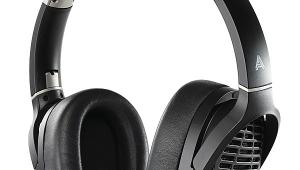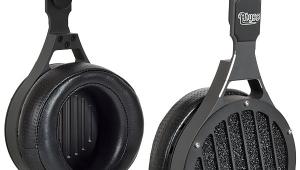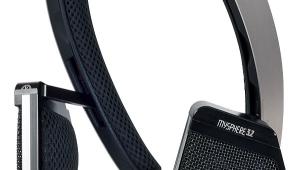HiFiMan Arya Headphones
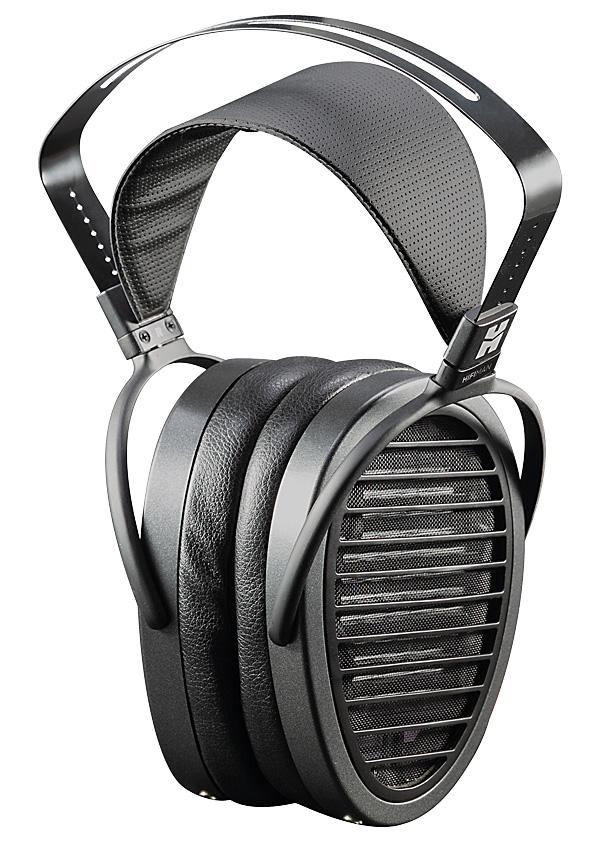
 With their unusually extended ovoid cups – pear-shaped, you might say – these new planar magnetics, once auditioned, could easily become the apple of your eye
With their unusually extended ovoid cups – pear-shaped, you might say – these new planar magnetics, once auditioned, could easily become the apple of your eye
With 16 current models in its Reference range, HiFiMan's product offering many not be as extensive or potentially confusing as Audio-Technica's but still it's a lot to get your head around. I classify them, informally, into round capsule and ovoid capsule models, the £1500 Arya being one of the latter. It's an apt classification in that once you've worn the Arya – or any other headphone whose capsules better reflect the shape of the external ear – you wonder why headphones aren't all designed this way. You wouldn't wear rectangular shoes, so why are these shapes so widely used for headphone capsules and earpads? It flies in the face of anatomical logic.
Earpad squish and squash isn't the only factor determining headphone comfort, of course – headset weight and head clamping force are important issues too. In both respects the Arya enhances the comfort advantage of its ovoid capsules. At 400g it's all of 109g heavier than the exceptional MrSpeakers Ether 2 model [HFN Jul '19] but as planar magnetic headphones go – some of which exceed 500g – it classifies as light. And its 5.9N head clamping force is on the low side too.
Cable Conundrum
So wearing the Arya for long periods is a joy. Or it would be but for this being another HiFiMan headphone with an inconveniently short cable (1.5m specified; I measured it at 1.55m). I don't get this at all: the Arya, like the previously reviewed Sundara [HFN Jun '19], is plainly not intended for use on the hoof – it's large, has no carrying case and is incompatible with mini-jack source connectors – and yet it's equipped with
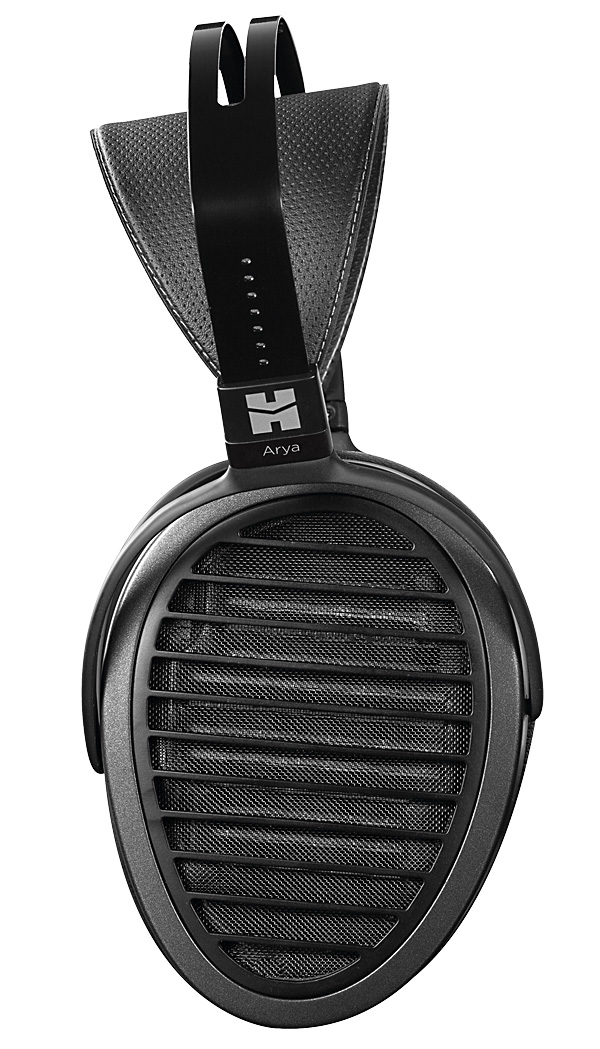
a cable too short for many domestic audio installations where a 3m lead is nearer the norm. The one upside of the Arya's cable is that, despite it having a woven sheath, it doesn't generate excess capsule noise when it rubs against clothing – in marked contrast to the aforementioned Ether 2, in which the noise level was disturbingly high.
Connection to the two capsules is via TRS mini-jack connectors. At the source end the ¼in jack connector is moulded on and, as already mentioned, is not a sleeve adapter hiding a mini-jack plug within. No 3.5mm adapter cable is provided either – in fact there are no standard accessories in the box, just the headset and cable – so if you want to use the Arya with a mini-jack source then you'll have to make alternative arrangements; and there appears to be no HiFiMan accessory for the job. This perhaps reflects the Arya's low sensitivity, which doesn't best suit it for use with handheld music sources.
Puzzle Ring
The Arya's undamped metal construction means that you can clearly hear it ring if you tap the headset when wearing it [see boxout, p69]. This is particularly true when it comes to the headband, which elicits a surprisingly long 'ting'. Pink noise played through just one capsule reveals nothing worse than some low-level carry-over of sound to the inactive capsule (there's no obvious coloration of the sound as in headphones with major headband resonance issues), and there were no obvious resonance peaks visible in our acoustic crosstalk test. Still, I'd feel happier were the Arya's structure more resolutely inert.
A distinct asset of the Arya is that it's largely insensitive to compromised earpad sealing [see p28]. Closed-back headphones in general, and some open-back designs as well, lose bass if the earpad seal is rendered leaky by the listener wearing spectacles or by the headphone pressing against hair rather than skin (or metal in the case of the artificial ear used for our main frequency response measurements). The Arya is barely affected by either which bodes well for it achieving consistent bass extension and tonal balance.
Within the capsules, HiFiMan's proprietary planar magnetic drive units claim to be unique in three respects. First, the diaphragm combines what's described as a nanometre thickness substrate plus a 'sub-micron thickness' planar conductor, the two making for an unusually light diaphragm. Nevertheless, none of these claims is backed by hard figures regarding thickness or weight.
Second, it's increasingly common for the makers of planar magnetic headphones to include design features intended to improve airflow through the array of bar magnets. In the Ether 2 we saw this being tackled by a combination of single-sided driver design (with magnets arrayed across one face of the diaphragm only) and flared holes in the magnet stator. In the Arya, HiFiMan takes a different approach, retaining double-sided driver design (with its push-pull operation) but enhancing flow by having one set of magnets – the ones arrayed on the ear side of the diaphragm – of smaller size. HiFiMan calls this its 'Advanced Asymmetric Magnetic Circuit'.
